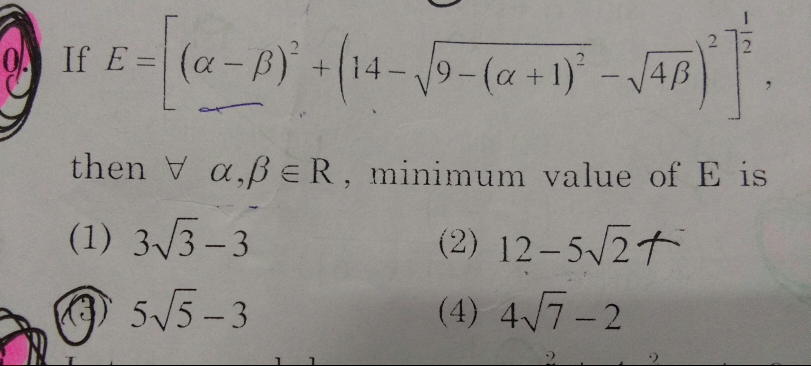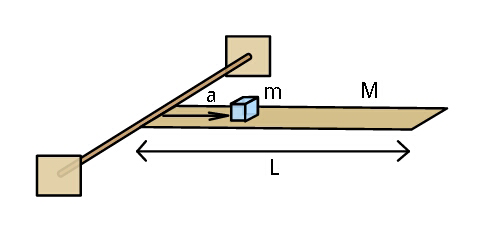
AllQuestion and Answers: Page 1798
Question Number 29987 Answers: 0 Comments: 0
Question Number 29986 Answers: 1 Comments: 1
$${find}\:\sum_{{n}=\mathrm{0}} ^{\infty} \:\:\:\frac{{n}+\mathrm{1}}{\mathrm{4}^{{n}} }\:. \\ $$
Question Number 29985 Answers: 0 Comments: 0
Question Number 29984 Answers: 0 Comments: 0
Question Number 29983 Answers: 0 Comments: 1
Question Number 29982 Answers: 0 Comments: 0
Question Number 29981 Answers: 0 Comments: 1
Question Number 29980 Answers: 0 Comments: 0
Question Number 29979 Answers: 0 Comments: 1
Question Number 29978 Answers: 0 Comments: 2
Question Number 29976 Answers: 0 Comments: 0
Question Number 29975 Answers: 0 Comments: 2
Question Number 29974 Answers: 1 Comments: 0
Question Number 29973 Answers: 0 Comments: 1
Question Number 29972 Answers: 0 Comments: 1
Question Number 29971 Answers: 0 Comments: 2
Question Number 29970 Answers: 0 Comments: 1
Question Number 30000 Answers: 1 Comments: 1
Question Number 29960 Answers: 1 Comments: 0

Question Number 29957 Answers: 1 Comments: 0
Question Number 30032 Answers: 0 Comments: 3
Question Number 29953 Answers: 0 Comments: 2

Question Number 29924 Answers: 1 Comments: 5

Question Number 29909 Answers: 2 Comments: 1
$${please}\:{solve}\:{this}:\:\:\sqrt{\mathrm{30}+\mathrm{12}\sqrt{\mathrm{6}}} \\ $$
Question Number 29907 Answers: 1 Comments: 5

Question Number 29896 Answers: 5 Comments: 1

Pg 1793 Pg 1794 Pg 1795 Pg 1796 Pg 1797 Pg 1798 Pg 1799 Pg 1800 Pg 1801 Pg 1802
